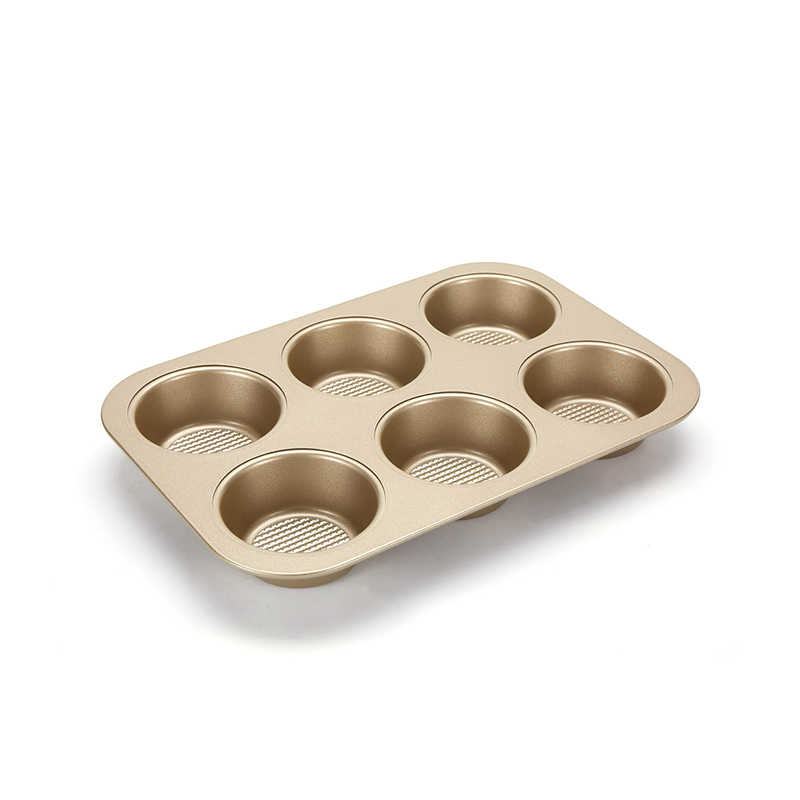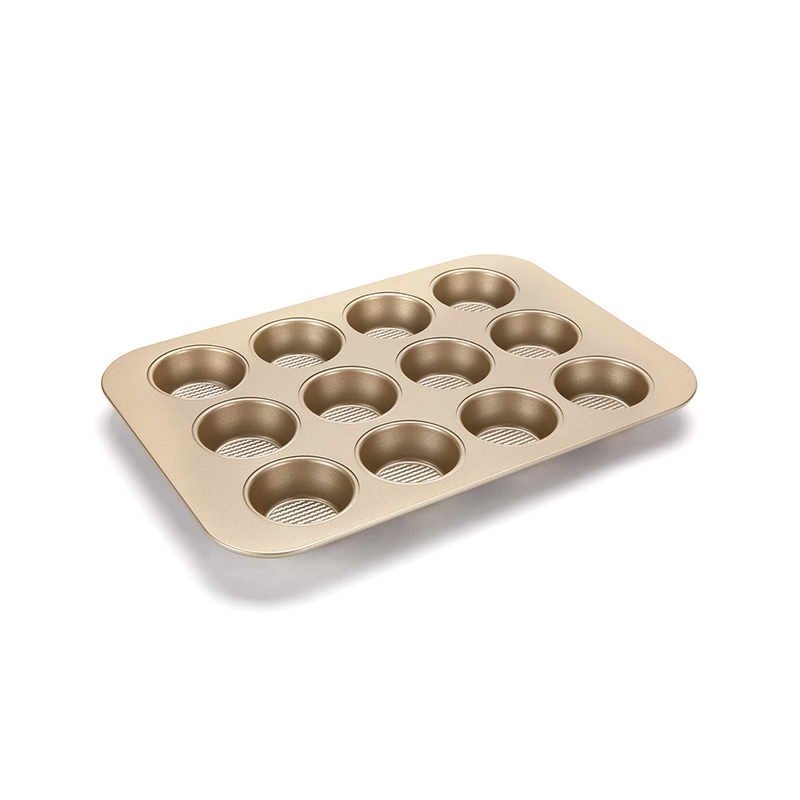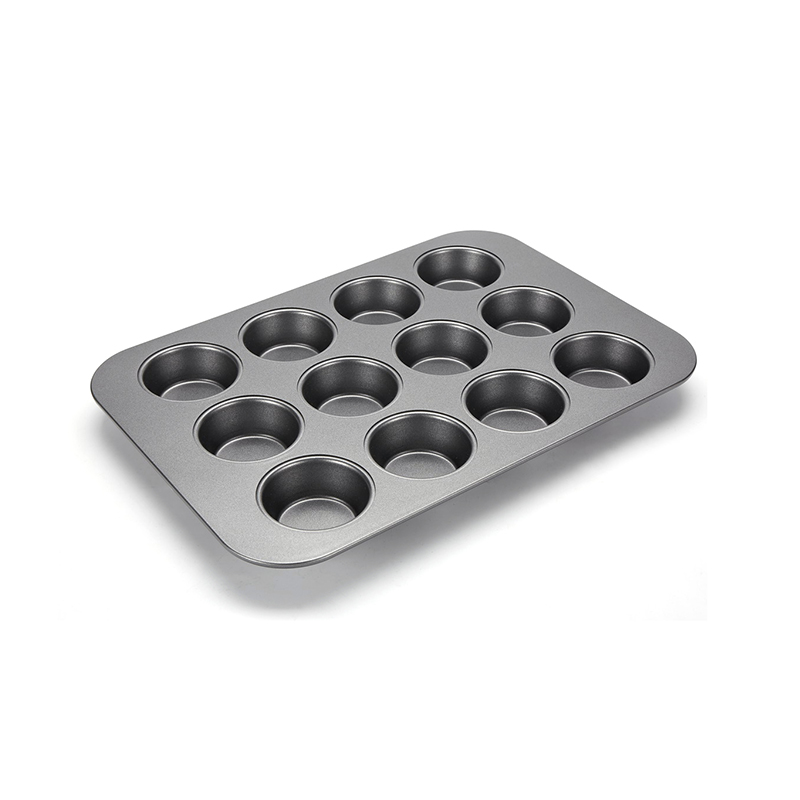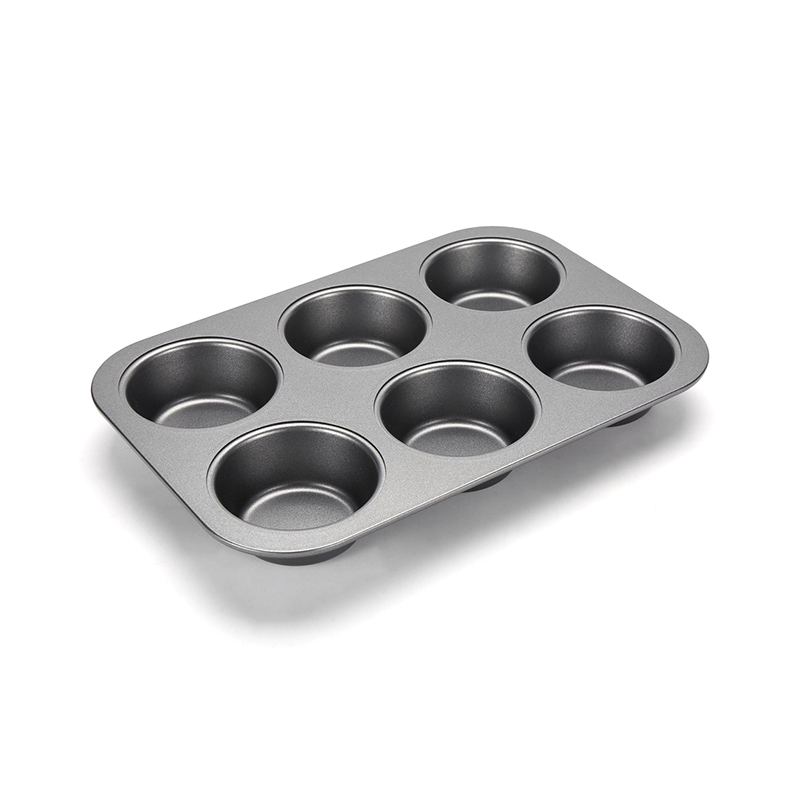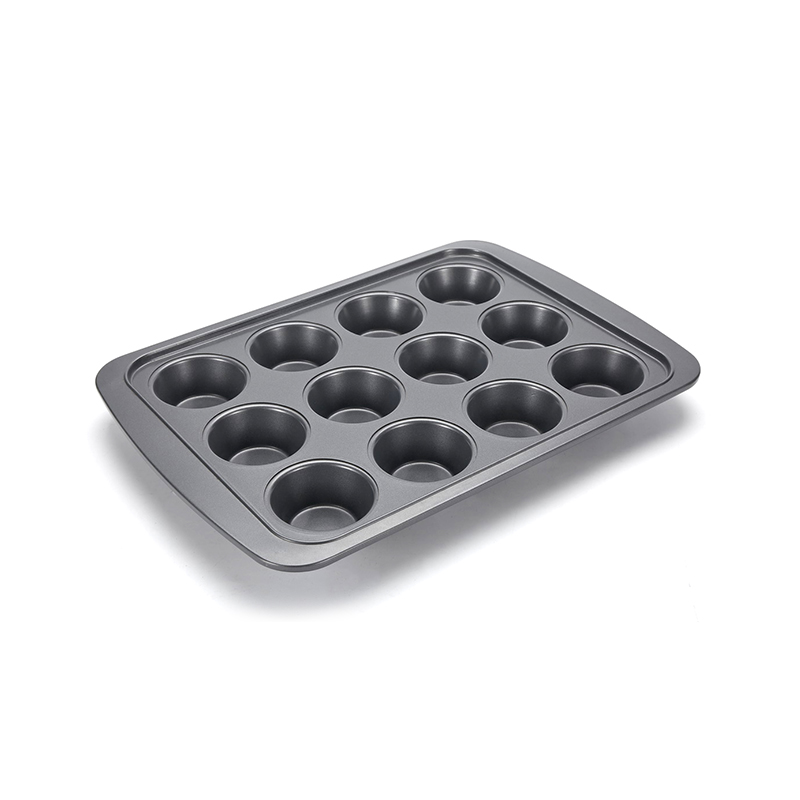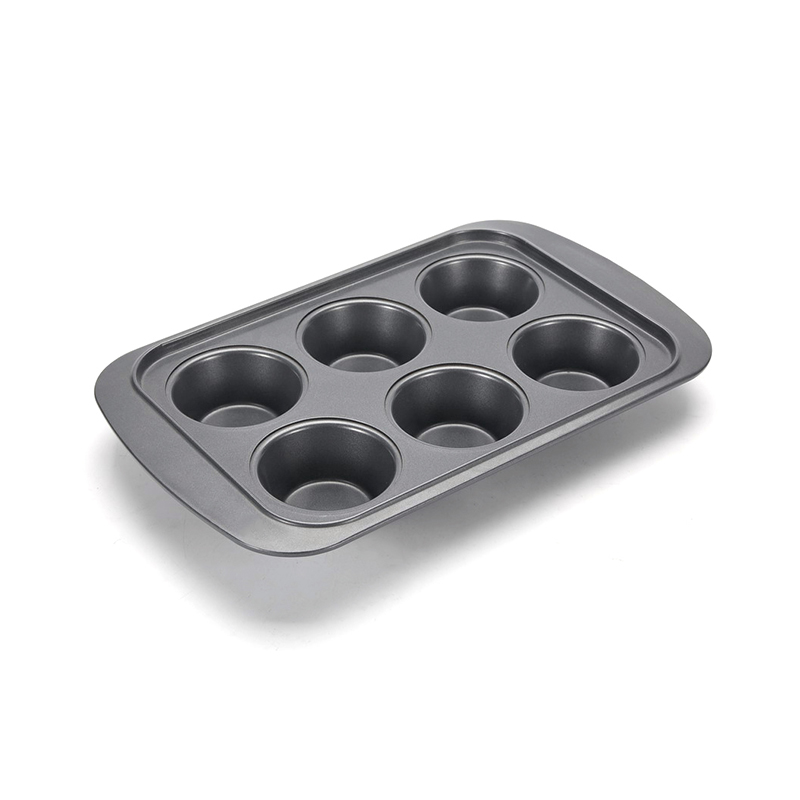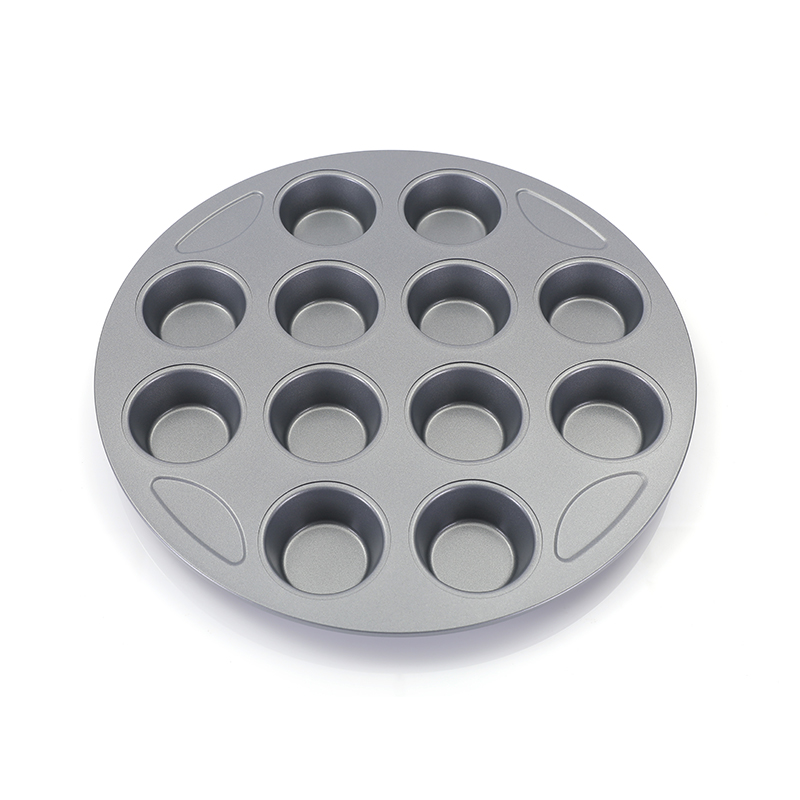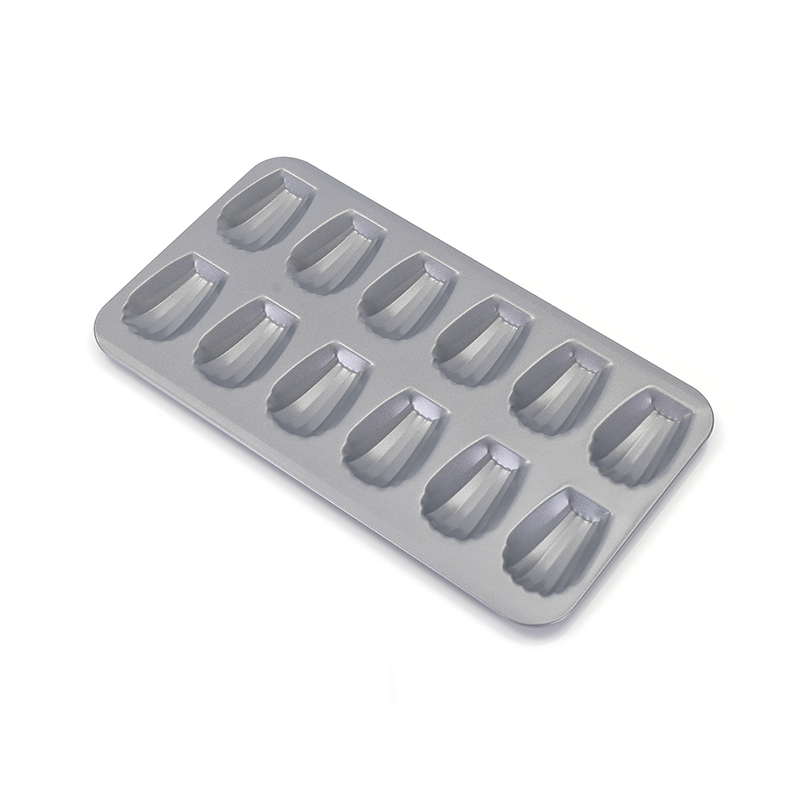Baking the good loaf of bread is a craft that requires not only the right ingredients and techniques but also loaf bakeware to ensure a delicious and aesthetically pleasing result. A soggy bottom can ruin the texture and taste of your loaf, turning a potential masterpiece into a disappointing bread mishap.
Choosing the Right Loaf Bakeware
Step in preventing a soggy bottom is selecting the appropriate loaf bakeware. A high-quality loaf bread baking pan should be made from materials that distribute heat evenly, such as heavy-gauge aluminum or stainless steel. This prevents hot spots that can cause uneven cooking and contributes to a soggy bottom. Additionally, a good loaf bread baking pan should have a non-stick surface or be lined with parchment paper to facilitate easy removal and reduce the risk of sogginess.
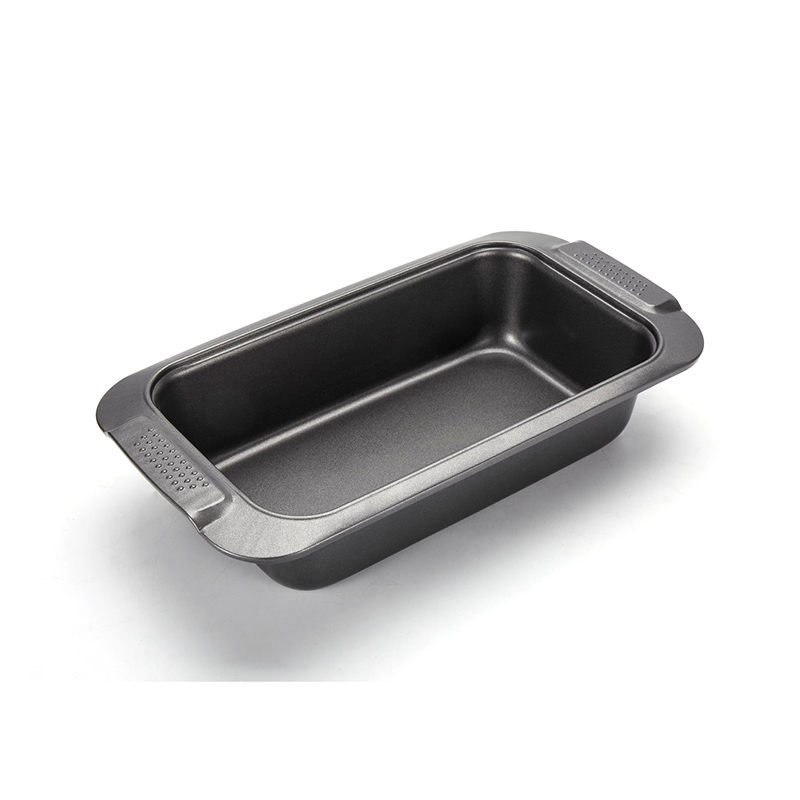
Preheating the Loaf Bread Baking Pan
Preheating is a crucial step in baking that many home bakers overlook. By preheating your loaf bread baking pan, you ensure that the pan is at the correct temperature when your dough goes in, which helps set the crust immediately. This initial crust formation is essential in preventing the bottom of your loaf from becoming soggy. Remember to place your loaf bread baking pan in the oven while it preheats to achieve results.
Proper Greasing and Lining
To further prevent a soggy bottom, it's important to properly grease and line your loaf bread baking pan. Using a light layer of butter or oil, coat the entire surface of the pan, including the corners. This creates a barrier between the dough and the pan, reducing the chance of the bread sticking and becoming soggy. For added protection, line the bottom and sides of the loaf bread baking pan with parchment paper, ensuring there are no gaps where moisture can accumulate.
Monitoring Oven Conditions
Oven conditions play a significant role in preventing soggy bottoms. An oven that is too cool or unevenly heated can cause the bread to steam rather than bake, causing a soggy bottom. Invest in an oven thermometer to ensure your oven is at the correct temperature. Additionally, consider using a convection setting if your oven has one, as this can help distribute heat more evenly and reduce the risk of sogginess.
Adjusting Recipe for Loaf Bread Baking Pan
Every recipe is different, and some may require adjustments when baking in a loaf bread baking pan. For instance, if you're converting a recipe that was originally meant for a round loaf cake mold, you might need to increase the baking temperature or decrease the baking time to account for the shape and size of your loaf bread baking pan. Always keep an eye on your bread as it bakes to avoid over or undercooking.
Ventilation and Steam Control
Controlling steam is another key aspect of preventing soggy bottoms. Too much steam can cause condensation to form on the bottom of the loaf bread baking pan, causing sogginess. To manage steam, you can use a baking stone or a preheated baking sheet on the bottom rack of your oven. This allows excess steam to escape, creating a drier environment for your bread to bake in. Additionally, you can open the oven door slightly during the last few minutes of baking to release any excess steam.
Cooling on a Wire Rack
After removing your loaf from the loaf bread baking pan, it's important to let it cool on a wire rack. This allows air to circulate around the bread, preventing the bottom from becoming soggy due to trapped moisture. Do not place your bread directly on a countertop or cutting board, as this can cause the bottom to sweat and become soggy.
The Importance of a Quality Loaf Cake Mold
While the focus of this article is on loaf bread baking pans, it's worth mentioning the importance of a quality loaf cake mold. A well-designed loaf cake mold, like a loaf bread baking pan, should be made from materials that distribute heat evenly and have a non-stick surface. This ensures that your cake bakes evenly and has a crisp, non-soggy bottom. When choosing a loaf cake mold, look for one with straight sides and a flat bottom to promote even baking and easy removal.
Preventing soggy bottoms in your loaves of bread or cakes is a multifaceted process that involves careful selection and use of your loaf bakeware, attention to oven conditions, and proper baking techniques. By following these tips and using the right loaf bread baking pan or loaf cake mold, you can ensure that every loaf you bake has a crisp, non-soggy bottom, allowing you to enjoy the true flavor and texture of your artisan bread or cake.




 English
English  Deutsch
Deutsch  Español
Español 